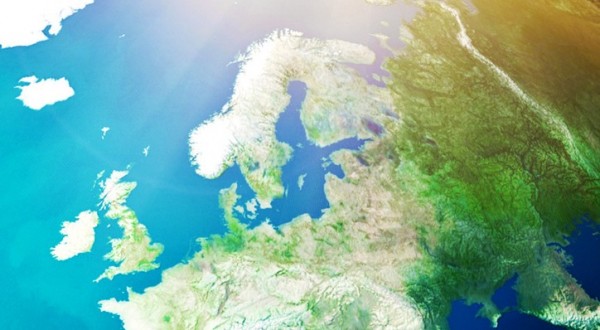As a part of the sizeable endeavour by HELCOM to assess the environmental status of the entire Baltic Sea by 2017, many necessary building blocks are discussed by the HELCOM State and Conservation Working Group meeting this week. The group convenes in Tallinn, Estonia for advancing the next HELCOM holistic assessment – State of the Baltic Sea – , finalizing the Recommendation on biotopes, habitats and biotope complexes, and reviewing and upgrading HELCOM monitoring guidelines, among others.
Integration tools for biodiversity and hazardous substances have been developed intensively by HELCOM this year. The 2017 ‘State of the Baltic Sea’ builds on a vast amount of HELCOM quality assured data and indicator results. Tools, designed to address specific environmental issues, are needed to bring together the many parameters to provide sensible and reliable assessments of the state of the Baltic Sea marine environment. The tools integrate the results of indicators such as on distribution of marine mammals, abundance of birds, size of zooplankton, and quality of benthic organisms, to arrive at the status of biodiversity. The meeting this week will work on the final form of these tools.
For hazardous substances, the concentration of dioxins, PCBs and other contaminants and their effects are considered. The HELCOM approach to assess the pressures and impacts on the marine environment – the Baltic Sea Impact Index – has also been upgraded this year with new data and special attention given to the spatial extent of impacts.
A key issue for the meeting is to agree on a set of HELCOM core indicators and the associated definition of Good Environmental Status. During 2016, countries leading the indicator development and expert groups have worked towards making the core indicators operational.
In addition, a draft new HELCOM Recommendation on biotopes, habitats and biotope complexes will be elaborated at the meeting, with the view to have it ready for approval by the main HELCOM delegates in December 2016.
Coordinated monitoring guidelines, a prerequisite for making coherent and comparable regional assessments, continues to be scrutinized by the Working Group and fully reviewed and revised HELCOM monitoring guidelines are anticipated to be ready by mid-2017.
The Fifth Meeting of the Working Group on the State of the Environment and Nature Conservation, (STATE & CONSERVATION 5-2016) will be convened on 7-11 November 2016 in Tallinn, Estonia. The meeting is chaired by the co-Chairs of the group, Ms Penina Blankett, Finland, and Mr. Urmas Lips, Estonia.
Find below HELCOM’s hollistic assessment
Source: HELCOM
































































